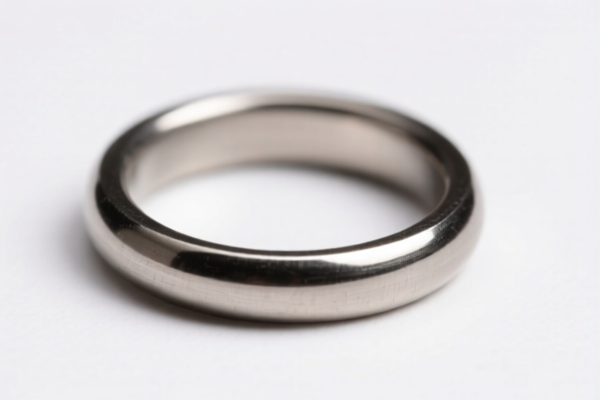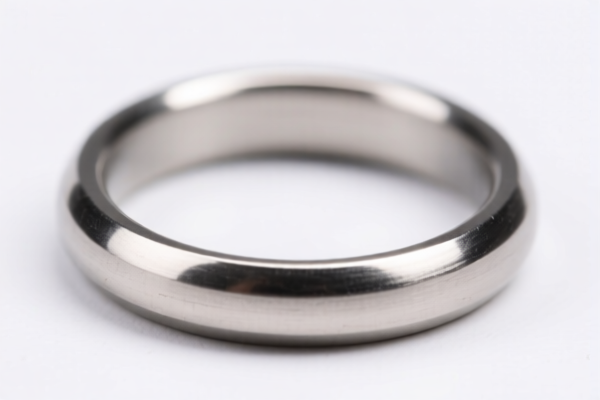| HS Code | Official Doc | Tariff Rate | Origin | Destination | Effective Date |
|---|---|---|---|---|---|
| 6114909070 | Doc | 35.6% | CN | US | 2025-05-12 |
| 9606296000 | Doc | 57.9% | CN | US | 2025-05-12 |
| 9615902000 | Doc | 38.1% | CN | US | 2025-05-12 |
| 9615904000 | Doc | 35.3% | CN | US | 2025-05-12 |
| 7113195030 | Doc | 43.0% | CN | US | 2025-05-12 |
| 7113195045 | Doc | 43.0% | CN | US | 2025-05-12 |
| 7115906000 | Doc | 59.0% | CN | US | 2025-05-12 |
| 7115903000 | Doc | 58.9% | CN | US | 2025-05-12 |
| 9114904000 | Doc | 46.3% | CN | US | 2025-05-12 |
| 9114905000 | Doc | 41.7% | CN | US | 2025-05-12 |
| 9111907000 | Doc | 43.9% | CN | US | 2025-05-12 |
| 9111905000 | Doc | 1.6¢ each + 6.8%+37.5% | CN | US | 2025-05-12 |




Earring Retainer
An earring retainer, also known as a clear ear piercing retainer, is a discreet, typically clear, piece of jewelry used to maintain an ear piercing opening when an earring cannot be worn or is temporarily removed. They are primarily constructed from biocompatible materials, most commonly biocompatible silicone or biocompatible acrylic. Less frequently, they are made from PTFE (Teflon) or glass.
Purpose:
The primary function of an earring retainer is to prevent the piercing from closing or shrinking during periods of non-wear. This is crucial for individuals who:
- Are participating in activities where earrings are prohibited (e.g., sports, certain workplaces).
- Have recently stretched a piercing and wish to maintain the gauge.
- Are healing a stretched piercing.
- Desire a more subtle appearance than traditional jewelry.
- Are undergoing medical procedures (e.g., MRI scans) where metal jewelry is contraindicated.
Function:
Earring retainers work by occupying the space created by the piercing. Consistent wear helps to keep the piercing channel open, reducing the risk of closure and the discomfort associated with re-insertion if the piercing shrinks. The smooth, often tapered design facilitates easy insertion and removal.
Usage Scenarios:
- Sports: Athletes often use retainers during practices and competitions.
- Workplace Restrictions: Professions with safety regulations may prohibit visible jewelry.
- Healing & Stretching: Maintaining a stretched piercing gauge.
- Medical Procedures: MRI compatibility is a significant factor.
- Everyday Wear: Individuals who prefer a minimalist look or have sensitive skin.
Common Types:
- Silicone Retainers: The most popular type, available in various shapes (straight, curved, horseshoe) and colors (clear is most common). Known for flexibility and comfort.
- Acrylic Retainers: A more rigid option, often used for larger gauge piercings.
- PTFE (Teflon) Retainers: Hypoallergenic and highly biocompatible, but can be less flexible than silicone.
- Glass Retainers: Generally used for smaller gauge piercings and offer a smooth, non-porous surface.
- Horseshoe Retainers: Common for cartilage piercings (e.g., helix, tragus).
- Straight Retainers: Suitable for lobe piercings and smaller cartilage piercings.
- Curved Retainers: Used for piercings with a curved anatomy.
Based on the provided information, “earring retainer” can be classified under the following HS codes:
-
7113195030: This HS code falls under Chapter 71: Articles of jewelry and parts thereof, of precious metal or of metal clad with precious metal. Specifically, it covers Heading 7113: Of precious metal whether or not plated or clad with precious metal, further categorized as Subheading 711319: Of other precious metal, whether or not plated or clad with precious metal, and 7113195030 specifically denotes “Other: Other Of ISO standard platinum: Earrings”. This suggests the item is an earring made of ISO standard platinum. The total tax rate is 43.0%, comprised of a 5.5% basic tariff, a 7.5% additional tariff, and a 30.0% additional tariff applicable after April 2, 2025.
-
9606296000: This HS code is categorized under Chapter 96: Miscellaneous manufactured articles. It covers Heading 9606: Buttons, press-fasteners, snap-fasteners and press-studs, button molds and other parts of these articles; button blanks, specifically Subheading 960629: Buttons, further categorized as 9606296000: “Other: Other: Other”. While not explicitly an earring, if the “earring retainer” functions as a securing component similar to a button, this code may be applicable. The total tax rate is 57.9%, consisting of a 2.9% basic tariff, a 25.0% additional tariff, and a 30.0% additional tariff applicable after April 2, 2025.
-
7115906000: This HS code falls under Chapter 71: Articles of jewelry and parts thereof, of precious metal or of metal clad with precious metal. Specifically, it covers Heading 7115: Other articles of precious metal or of metal clad with precious metal, further categorized as Subheading 711590: Other, and 7115906000 specifically denotes “Other: Other: Other”. This suggests the item is another type of jewelry article made of precious metal. The total tax rate is 59.0%, comprised of a 4.0% basic tariff, a 25.0% additional tariff, and a 30.0% additional tariff applicable after April 2, 2025.
Please note that the applicable HS code will depend on the material composition and function of the “earring retainer”. If the item is made of ISO standard platinum, HS code 7113195030 is the most appropriate. If it functions as a securing component, HS code 9606296000 may be applicable. If it is another type of jewelry article made of precious metal, HS code 7115906000 may be applicable.
Customer Reviews
No reviews yet.